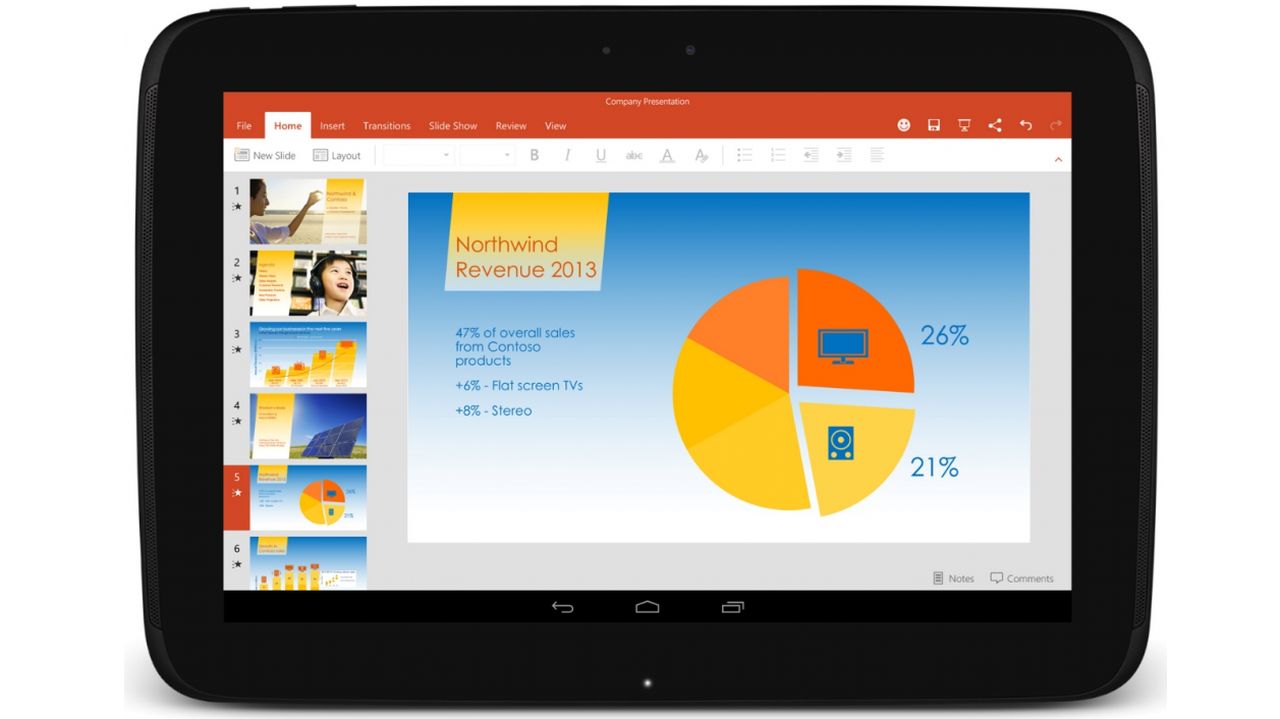Microsoft adds PowerShell, Skype for Business to Office 365
Windows 10 not the only focus it seems

Windows 10 might be the product Microsoft will focus most of its internal resources on for the next few weeks (it launches on July 29) but that doesn't mean that others are neglected.
The company has added a slew of new features to Office 365, its business suite of SaaS (software-as-a-service) applications.
The first of them, PowerShell for Office 365, brings a CLE (command line environment) to system administrators that are eager to automate repetitive administrative tasks or want to access capabilities not present in Office 365 Admin Center.
More importantly perhaps, there's a library that contain scripts that allows administrators to rapidly do mundane things remotely. Microsoft has even put up a PowerShell website complete with a Yammer-based community.
Skype for Business
Office 365 for enterprise will also get access to the technical preview of Skype for Business. This version offers Skype Meeting Broadcast capabilities to eligible Office 365 customers worldwide, allowing up to 10,000 people to be part of a meeting. Other notable features include PSTN in the US, allowing people to join even without internet access.
Cloud PBX with PSTN calling is also integrated in that iteration allowing users in the US (for now) to make and receive traditional calls in their Skype for Business client application. That functionality will come to customers worldwide towards the end of the year.
The announcement comes as Microsoft confirmed the integration of Cortana, one of the key features of Windows 10, with Office 365.
Are you a pro? Subscribe to our newsletter
Sign up to the TechRadar Pro newsletter to get all the top news, opinion, features and guidance your business needs to succeed!

Désiré has been musing and writing about technology during a career spanning four decades. He dabbled in website builders and web hosting when DHTML and frames were in vogue and started narrating about the impact of technology on society just before the start of the Y2K hysteria at the turn of the last millennium.